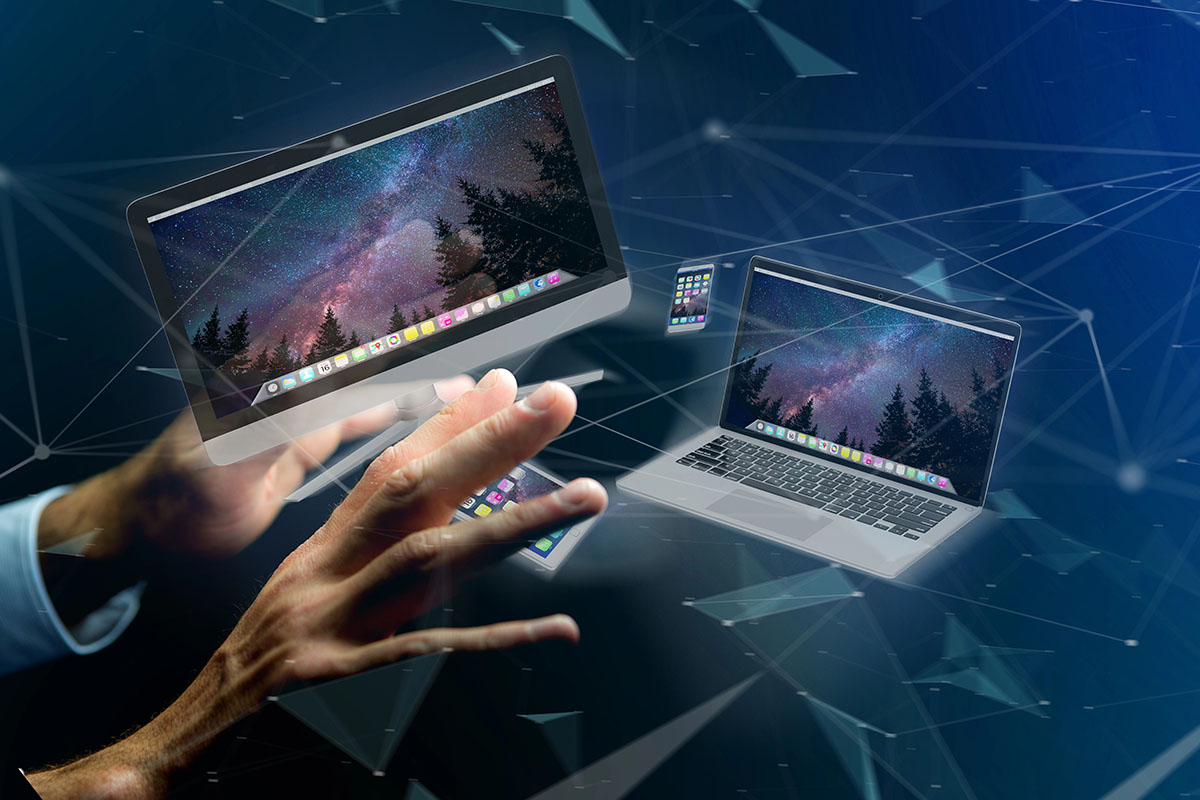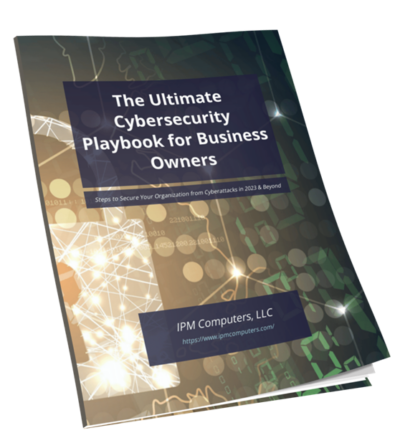Recent tariffs have had a significant impact on technology procurement and IT budgets. These US trade policies, which include high tariffs on imported electronics, have disrupted the industry and resulted in higher costs for organizations buying devices.
With tariffs on Chinese-made tech products reaching 20%, businesses are facing rising prices for laptops, smartphones, and other essential devices. This increase in costs is putting pressure on IT budgets as manufacturers and distributors pass these extra expenses onto customers due to slim profit margins.
As major PC manufacturers struggle with additional tariff costs that could match their annual profits, the need for strategic and cost-effective IT purchasing methods has become more urgent than ever. Organizations now have to deal with unpredictable fees, price fluctuations, and instability in hardware pricing.
This situation makes it integral to find alternative procurement strategies that can effectively tackle these challenges.
The Impact of Tariffs on Technology Procurement Costs
Since early 2025, a 20% tariff on Chinese-made tech products has reshaped the pricing landscape for technology procurement. Laptops, smartphones, and other devices manufactured in China now face steep import duties that directly translate into higher purchase prices. For example:
- Business laptops have seen price increases exceeding $200 per device.
- Major PC manufacturers confront added tariff costs that threaten to erase annual profit margins.
- Distributors and resellers are compelled to pass these increased costs onto customers due to already thin margins.
This inflation in device pricing forces IT departments to revisit budgets strained by unpredictable fees and supply chain volatility. The tariff-driven cost surge limits flexibility for device refresh cycles, often pushing businesses to either accelerate purchases before further hikes or extend the lifespan of existing hardware beyond optimal periods.
Pressure mounts on IT budgets as organizations weigh the financial impact of tariffs against operational needs. This urgency compels decision-makers to seek alternative procurement strategies that can mitigate cost increases without compromising technology standards or business continuity. Adapting to this environment means exploring options beyond traditional outright purchases, including leveraging cross-vendor sourcing and lifecycle management tactics that reduce total cost of ownership amid tariff challenges.
Cost-Effective Device Procurement Strategies to Counteract Tariff Effects
Cross-vendor flexibility minimizes the financial impact of tariffs on your technology purchases. By diversifying suppliers and avoiding reliance on a single manufacturer, you reduce exposure to steep price hikes linked to tariffed products. This approach also fosters competitive pricing, as vendors vie for your business under shifting trade conditions.
Strategic timing enhances cost control by allowing you to anticipate market fluctuations and purchase devices before tariff increases take effect. Monitoring industry trends and import schedules helps you identify optimal buying windows. Bulk purchasing amplifies savings by leveraging volume discounts and locking in prices at pre-tariff levels. Combining these tactics with device lifecycle management ensures that purchased assets deliver maximum value over extended periods, offsetting higher upfront costs.
Implementing robust IT asset management supports these procurement strategies by tracking inventory, usage patterns, and maintenance needs. This visibility enables smarter purchasing decisions aligned with actual demand and operational goals, preventing overbuying or premature replacements that strain budgets.
Key points for effective cost management:
- Embrace multiple vendors to diversify risk and negotiate better pricing
- Time purchases strategically around tariff announcements or renewals
- Buy in bulk to secure discounts and stabilize unit costs
- Use device lifecycle data to extend asset usability and defer expenses
- Leverage IT asset management tools for precise inventory oversight
Using Device Lifecycle Management to Offset Tariff Costs
Extending the lifecycle of devices offers a practical approach to managing increased costs brought on by tariffs. By maximizing the usable life of existing hardware, organizations can delay costly upgrades and reduce immediate capital expenditures.
Benefits of lifecycle extension include:
- Reduced frequency of device replacement lowers procurement volume and exposure to tariff-induced price spikes.
- Optimized maintenance and support prolong device performance, allowing IT teams to extract more value per asset.
- Alignment with software upgrade cycles ensures hardware remains compatible without premature refreshes.
Responsible recycling and resale add another layer of financial relief. When devices reach end-of-life, properly refurbishing and reselling hardware recovers capital that would otherwise be lost. This process also mitigates environmental impact by reducing electronic waste.
Consider these practices for effective lifecycle management:
- Partner with certified refurbishers who guarantee data security and compliance.
- Use resale proceeds to fund new device purchases or leasing programs.
- Implement structured IT asset disposition (ITAD) policies to streamline recycling efforts.
Evaluating Alternative Procurement Models
When tariffs drive up device costs, choosing between leasing and buying devices becomes critical. Purchasing hardware outright often means facing the immediate impact of increased prices caused by tariffs, tying up capital in assets that rapidly depreciate. In contrast, Device-as-a-Service (DaaS) models offer a flexible alternative where you pay a predictable monthly fee that typically includes hardware, software, support, and lifecycle services.
Key advantages of DaaS over outright purchase include:
- Cost predictability: Fixed monthly payments shield your budget from sudden tariff-driven price spikes.
- Simplified upgrades: Regular refresh cycles keep you current without large upfront investments.
- Reduced IT burden: Vendors handle maintenance and end-of-life disposal, easing operational overhead.
For organizations contending with trade restrictions, DaaS provides insulation from volatile pricing and supply chain disruptions. It transforms hardware from a depreciating asset into an operational expense with bundled services. The ability to switch or scale devices without heavy capital commitment is ideal when tariffs introduce unpredictability.
Choosing between leasing and buying hinges on your organization’s appetite for risk, cash flow flexibility, and long-term IT strategy. DaaS models create pathways to maintain modern technology infrastructures while navigating the complexities imposed by international trade policies.
Securing Your Business Trajectory
Business owners and IT decision-makers face growing challenges in shielding against tariffs in technology procurement. Embracing a proactive, integrated strategy becomes essential. Consider these actions to mitigate tariff impacts effectively:
- Stockpile devices ahead of tariff hikes to lock in lower prices.
- Refurbish and extend the lifecycle of existing hardware for cost savings.
- Lease through DaaS or HaaS models to maintain flexibility and predictable expenses.
Combining these approaches creates resilience, controls costs, and ensures continuity in technology procurement despite ongoing trade uncertainties. Taking control now positions your organization to navigate tariffs confidently and maintain competitive advantage.
Frequently Asked Questions About Tariffs
How have recent US tariffs affected technology procurement costs for organizations?
Recent US tariffs, specifically the 20% tariff on Chinese-made technology products, have significantly increased prices on laptops and other electronic devices. This has disrupted technology procurement processes and placed considerable pressure on IT budgets, driving organizations to seek cost-effective purchasing strategies.
What strategies can organizations use to mitigate the impact of tariffs on device procurement?
Organizations can adopt cost-effective device procurement strategies such as cross-vendor flexibility, strategic timing of purchases, and bulk buying. These approaches help control costs and reduce expenses related to tariff-induced price increases.
How does device lifecycle management help offset the costs caused by tariffs?
Device lifecycle management extends the useful life of technology assets through maintenance and upgrades, thereby delaying costly replacements. Additionally, responsible recycling and resale of hardware generate extra revenue and reduce financial strain during periods of tariff uncertainty.
What are the benefits of leasing devices or using Device-as-a-Service (DaaS) models amid tariff challenges?
Leasing devices or adopting Device-as-a-Service models offers organizations flexibility and lowers upfront capital expenditure compared to outright purchasing. These models help mitigate risks associated with trade restrictions and tariffs by allowing easier upgrades and predictable budgeting.
Should organizations consider stockpiling technology assets to shield against tariffs?
Yes, stockpiling essential technology assets can be an effective proactive measure to protect against sudden tariff increases. When combined with refurbishing existing devices and leasing options, this integrated approach helps IT decision-makers manage procurement costs more effectively.
Why is a proactive approach important for IT decision-makers in managing tariff impacts?
A proactive approach enables IT leaders to strategically combine stockpiling, device lifecycle extension, refurbishing, and alternative procurement models like leasing. This comprehensive strategy minimizes disruptions from tariffs, optimizes IT budgets, and ensures continuous access to necessary technology resources.





